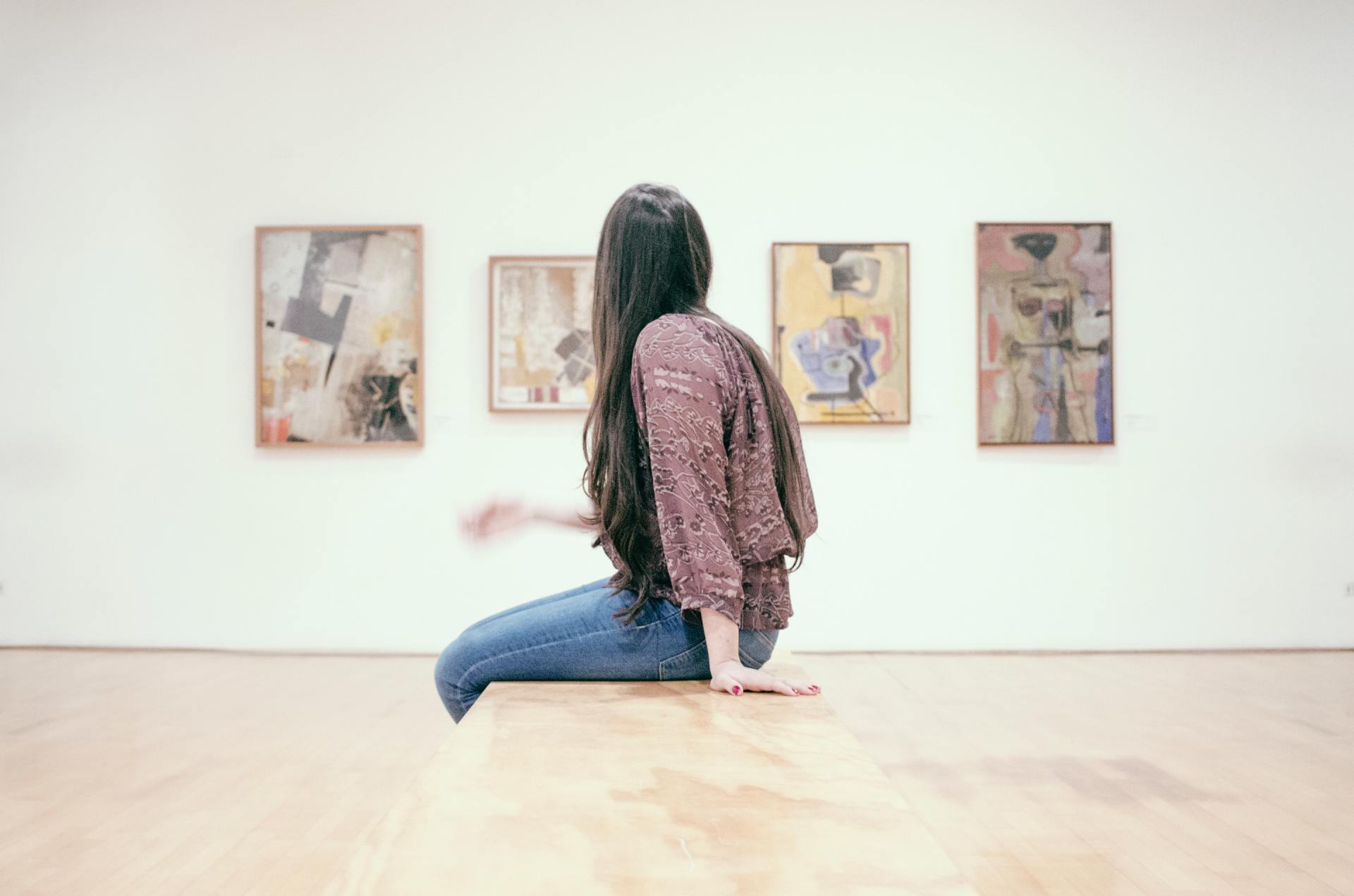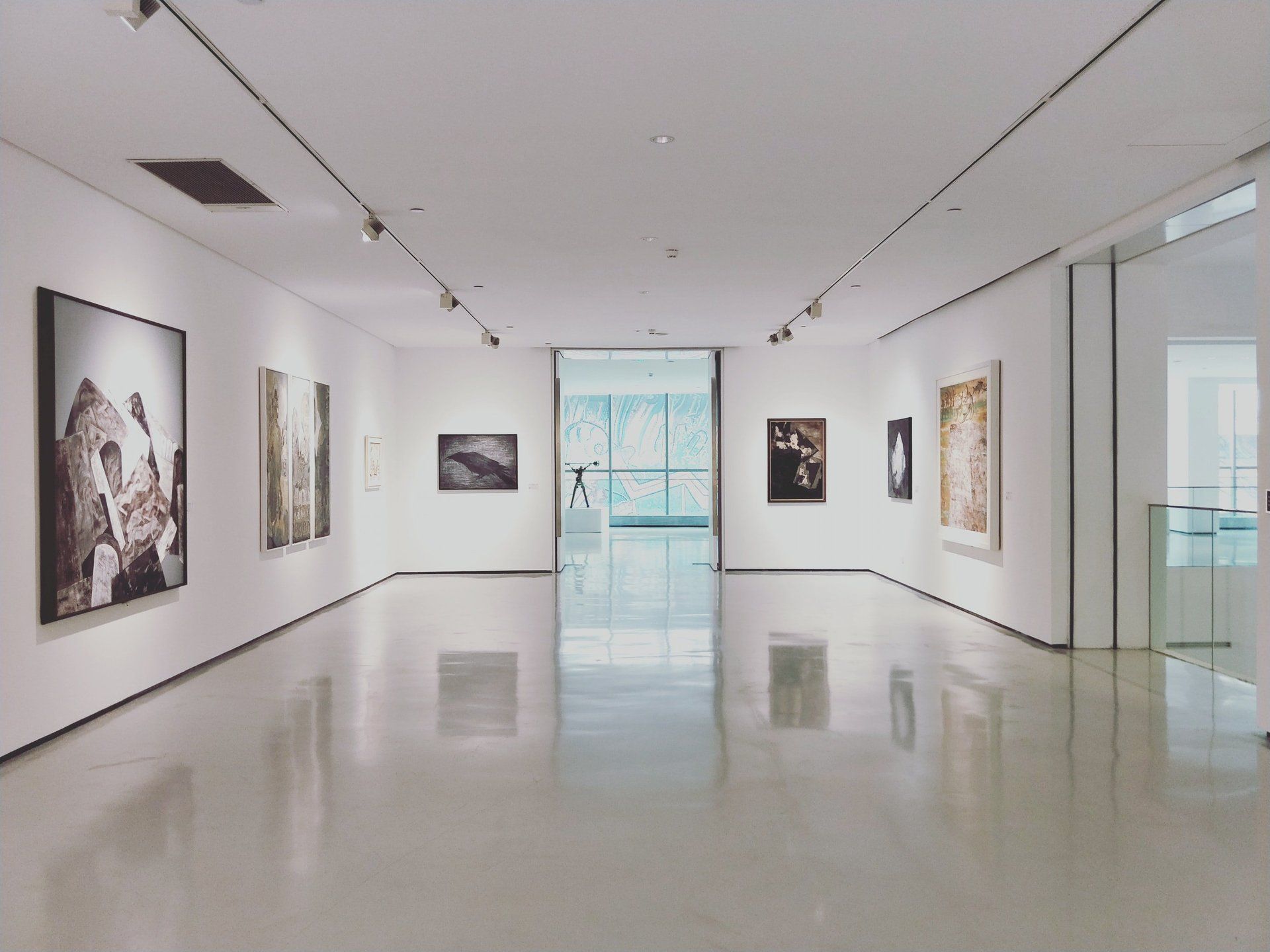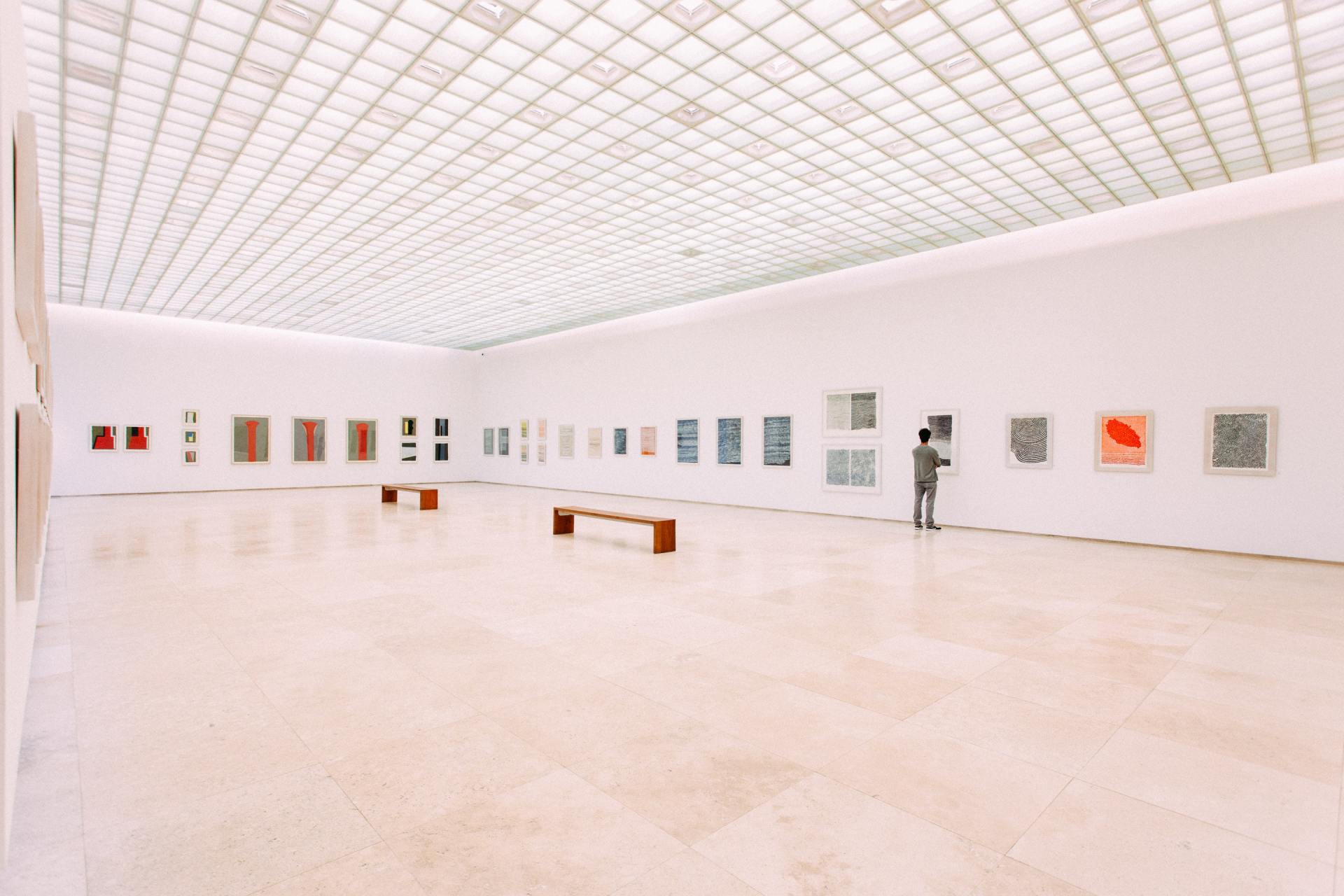By Korinna Janssen
•
01 Mar, 2021
Purchasing an original fine art piece for your home is one of the most striking ways to elevate your living space immediately to a higher level , however it traditionally comes with a pretty hefty price tag. An great affordable alternative to buying original art, is purchasing a fine art giclée print. Such an art print makes it possible to enjoy gorgeous artwork almost on the level of the original piece, without having to sacrifice quality for a lower price tag. The popularity of giclée prints has completely changed the game by making fine art accessible to those of us who can't afford original paintings. You might be asking yourself: " what are giclée prints?" Don't worry — in this guide, we'll explain it all. What Are Giclée Prints? Giclée, pronounced "zhee-clay," is a French word that means squirt or spray. In 1991, printmaker Jack Duganne coined the term giclée printing to describe the process of using inkjet printers to create high-quality, archival art prints . The printers used to make giclée prints aren't your average household inkjets. The typical inkjet printers that you would find in an office or a home hold usually between two to four color cartridges. This is perfectly fine for everyday use, but when it comes to fine art prints more cartridges are needed to capture detail. Wide-format inkjet printers used for giclée prints can hold about two to three times more color cartridges than household machines. Eight to twelve cartridges allow for a printer to reproduce artwork with more accuracy and faithful detail. The wide-format inkjet printers used to reproduce artwork are also larger than regular models, allowing artists to create a large range of sizes for their giclée reproductions. With one of these specialized inkjets, artists can create stunning gallery-sized prints along with standard print sizes like A4 or 8.5"x11". What Goes into the Production of Giclée Prints? Making a fine art print, especially if it's a reproduction of a physical piece of art and not a digital painting, requires more work than just taking a photo of your work and pressing send. The artwork needs to be scanned by a scanner both large enough to capture the entire image and powerful enough to transfer the detail into a print. DPI is a common way to measure image resolution and stands for dots per inch. When it comes to creating giclée prints, the resolution should be 300 DPI at the very least. Once the art is scanned, it can be taken to a giclée printing service and reproduced into gallery-quality artwork. The journey doesn't end there though — there are still many different decisions that the artists must make in order to create the best prints that they possibly can. There are many different paper and ink types that can be used to make giclée prints, but the most important element when it decided which materials to use is that they are archival quality. Archival ink is resistant to fading and weathering. The ink used in giclée prints must also be pigmented ink instead of dye ink. While they both can produce excellent colors, dye inks are water-soluble and more vulnerable to degradation. Pigmented inks stand the test of time. Archival paper is acid-free, which means it won't break down as easily as regular paper. There is a variety of paper types used in giclée printing, but some of the most common are cotton, canvas, and watercolor papers. Why Are Giclée Prints Valuable? Giclée prints are more than just a method of reproducing art in large quantities, they are actually a form of fine art themselves. Giclée printmaking is a hybrid between traditional art and technology and the final product is up to the discretion of the artist themselves. Understanding the way that ink and paper interact with each other, and which options will enhance the original art design in the most impactful way, are important decisions to make that elevate both the quality of the print and the process of printmaking itself. The quality of the materials and equipment used to create a giclée print also add to the value. Giclée prints are like high-end designer clothing pieces. While the couture gown that you purchase from the department store isn't the original mockup hand-sewn by the designer themselves, you can rest assured that it was created with the highest quality materials and constructed by expert hands. In the same way that a couture gown is a valuable reproduction of an original design, a giclée print is a valuable reproduction of an original work of art. A lot of expertise and care goes into creating each print, and that is reflected in both the quality and value of the reproduction. Not to mention, giclée prints last a lifetime! Since they are created with archival, museum-quality materials, you aren't just purchasing décor , you're purchasing artwork that will last generations. Giclée Prints vs. Digital Prints At face value, giclée and digital prints might seem similar. However, the difference really boils down to the quality and longevity of the print. Digital prints are also created using digitized versions of original artwork, whether it be traditional or digital art. But digital prints aren't created with the same technologies used in giclée printing techniques. They don't use the same amount of different color cartridges as printers used for giclée printmaking do, which means that the color quality and detail will be much weaker in comparison to the original work. Digital prints also don't use archival ink or paper, so your print is more vulnerable to fading and degrading over the years. If you took a magnifying glass to a digital print and a giclée print, you'll find that the digital print has a much lower resolution, less sharpness, and more missed detail. Giclée isn't the only method of reproducing an original artwork, but it is the only method that will give you an affordable, museum-quality art print that you will treasure for a lifetime (and beyond)! Where to Find Vibrant Giclée Art Prints One of the best features of a giclée art print is its vibrancy. The combination of quality ink, paper, and DPI results in artwork that truly shines, with rich colors and saturation. If you are looking for museum-quality modern art prints that will liven up your home, browse our limited edition giclée print collection. Find a piece that speaks to you.






